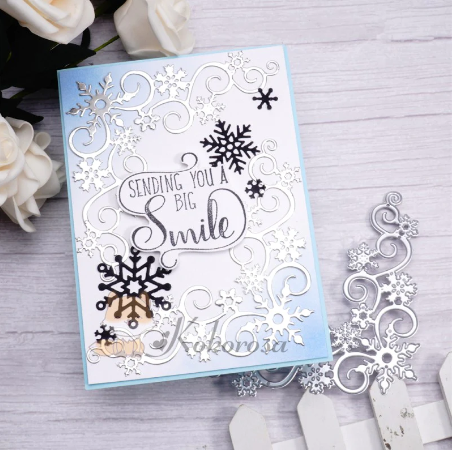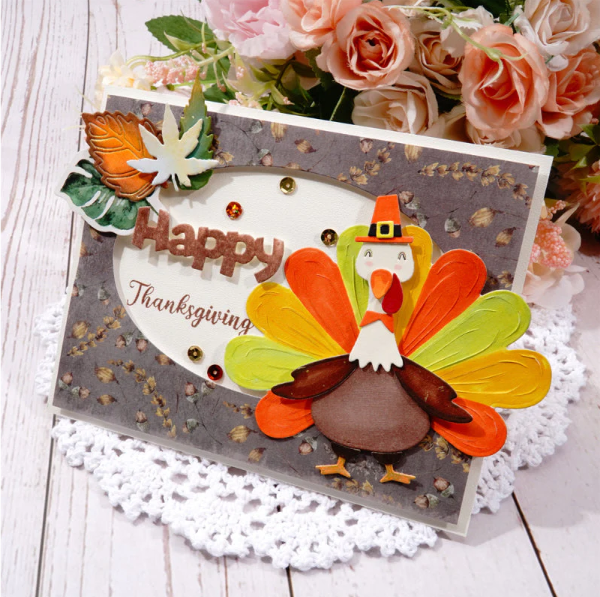Exploring the History of Wax Seals: From Ancient Times to Modern Days
In previous blogs, we talked about creative ideas for using wax seals. But how much do you know about its history? Wax seals have a fascinating history that dates back centuries. What started as a practical method for securing letters and documents has now evolved into a popular decorative and personalization technique. In this blog post, we will journey through time to explore the history of wax seals, from their ancient origins to their modern-day resurgence.
Ancient Beginnings
The use of seals dates back to ancient civilizations such as Mesopotamia, Egypt, and China. Initially, people use them to secure goods and verify the authenticity of documents. In ancient Mesopotamia, for instance, cylindrical seals made of stone or metal were pressed onto wet clay to leave an impression. These seals often featured intricate engravings to mark ownership or signify messages.
Medieval Period
During the Middle Ages, the use of wax seals became more widespread. Sealing documents gained popularity in medieval Europe, particularly among the nobility and wealthy merchants. Wax seals served as a symbol of authority and authenticity. A person's seal was considered to be their signature and carried great significance.
For sealing, wax was melted and dripped onto the document, and then press the metal signet ring or stamp on it to leave a unique impression. The wax would harden, creating a secure and tamper-evident seal. Red wax was the most frequently used, as it was visually striking and difficult to replicate.
Symbolism and Meaning
Wax seals were not just functional but also carried symbolic meaning. The design on a seal, known as the "device," often depicted a coat of arms, crest, monogram, or other significant emblem. These designs represented the seal owner's identity, lineage, or affiliation with a particular organization. It was a way to mark one's possessions, letters, and important documents with a personal touch and establish credibility.
Decline and Revival
With the advent of envelopes and the advancement of printing technology, the use of wax seals declined in the 19th century. The convenience and efficiency of adhesive envelopes made wax seals less necessary for securing correspondence. However, the charm and elegance associated with wax seals continued to capture people through books, films, and other forms of popular culture.
In recent years, there has been a resurgence of interest in wax seals. Many individuals and businesses have rediscovered the allure of wax seals to add a touch of luxury, nostalgia, and personalization to their correspondence. Wax seals are now considered an art form and craftsmanship, with various stamp designs, wax colors, and embellishments available for creating unique and personalized seals.
Modern Applications
In addition to their traditional use in letter writing, modern applications of wax seals have expanded to include invitations, stationery, packaging, and crafts. Wax seals are now used to add an extra layer of elegance and personalization to wedding invitations, business correspondence, and even DIY projects. The versatility and creativity of wax seal usage have made them popular among those who appreciate the art of handcrafted details.
The craft of creating wax seals has also undergone modernization. While traditional methods involve melting wax sticks over a flame, modern techniques employ glue gun wax and wax pellets that can melt with electric heaters, which makes the process more accessible, efficient, and safe for both beginners and professionals.
In Conclusion
The history of wax seals is a testament to the enduring appeal of personalized and decorative touches in communication. From their ancient origins as practical seals to their resurgence as a statement of elegance and creativity, wax seals have evolved alongside human civilization. Today, they serve as an art form that connects us to our past while adding a unique and personal touch to our modern correspondence.
Whether you're using wax seals to enhance the authenticity of important documents, add a touch of elegance to invitations, or indulge in the pleasure of a time-honored tradition, the history of wax seals provides a rich and fascinating background. So, the next time you see a wax seal, take a moment to appreciate its historical significance and the craftsmanship that goes into creating these beautiful and meaningful impressions.
Ancient Beginnings
The use of seals dates back to ancient civilizations such as Mesopotamia, Egypt, and China. Initially, people use them to secure goods and verify the authenticity of documents. In ancient Mesopotamia, for instance, cylindrical seals made of stone or metal were pressed onto wet clay to leave an impression. These seals often featured intricate engravings to mark ownership or signify messages.
Medieval Period
During the Middle Ages, the use of wax seals became more widespread. Sealing documents gained popularity in medieval Europe, particularly among the nobility and wealthy merchants. Wax seals served as a symbol of authority and authenticity. A person's seal was considered to be their signature and carried great significance.
For sealing, wax was melted and dripped onto the document, and then press the metal signet ring or stamp on it to leave a unique impression. The wax would harden, creating a secure and tamper-evident seal. Red wax was the most frequently used, as it was visually striking and difficult to replicate.
Symbolism and Meaning
Wax seals were not just functional but also carried symbolic meaning. The design on a seal, known as the "device," often depicted a coat of arms, crest, monogram, or other significant emblem. These designs represented the seal owner's identity, lineage, or affiliation with a particular organization. It was a way to mark one's possessions, letters, and important documents with a personal touch and establish credibility.
Decline and Revival
With the advent of envelopes and the advancement of printing technology, the use of wax seals declined in the 19th century. The convenience and efficiency of adhesive envelopes made wax seals less necessary for securing correspondence. However, the charm and elegance associated with wax seals continued to capture people through books, films, and other forms of popular culture.
In recent years, there has been a resurgence of interest in wax seals. Many individuals and businesses have rediscovered the allure of wax seals to add a touch of luxury, nostalgia, and personalization to their correspondence. Wax seals are now considered an art form and craftsmanship, with various stamp designs, wax colors, and embellishments available for creating unique and personalized seals.
Modern Applications
In addition to their traditional use in letter writing, modern applications of wax seals have expanded to include invitations, stationery, packaging, and crafts. Wax seals are now used to add an extra layer of elegance and personalization to wedding invitations, business correspondence, and even DIY projects. The versatility and creativity of wax seal usage have made them popular among those who appreciate the art of handcrafted details.
The craft of creating wax seals has also undergone modernization. While traditional methods involve melting wax sticks over a flame, modern techniques employ glue gun wax and wax pellets that can melt with electric heaters, which makes the process more accessible, efficient, and safe for both beginners and professionals.
In Conclusion
The history of wax seals is a testament to the enduring appeal of personalized and decorative touches in communication. From their ancient origins as practical seals to their resurgence as a statement of elegance and creativity, wax seals have evolved alongside human civilization. Today, they serve as an art form that connects us to our past while adding a unique and personal touch to our modern correspondence.
Whether you're using wax seals to enhance the authenticity of important documents, add a touch of elegance to invitations, or indulge in the pleasure of a time-honored tradition, the history of wax seals provides a rich and fascinating background. So, the next time you see a wax seal, take a moment to appreciate its historical significance and the craftsmanship that goes into creating these beautiful and meaningful impressions.







Leave a comment